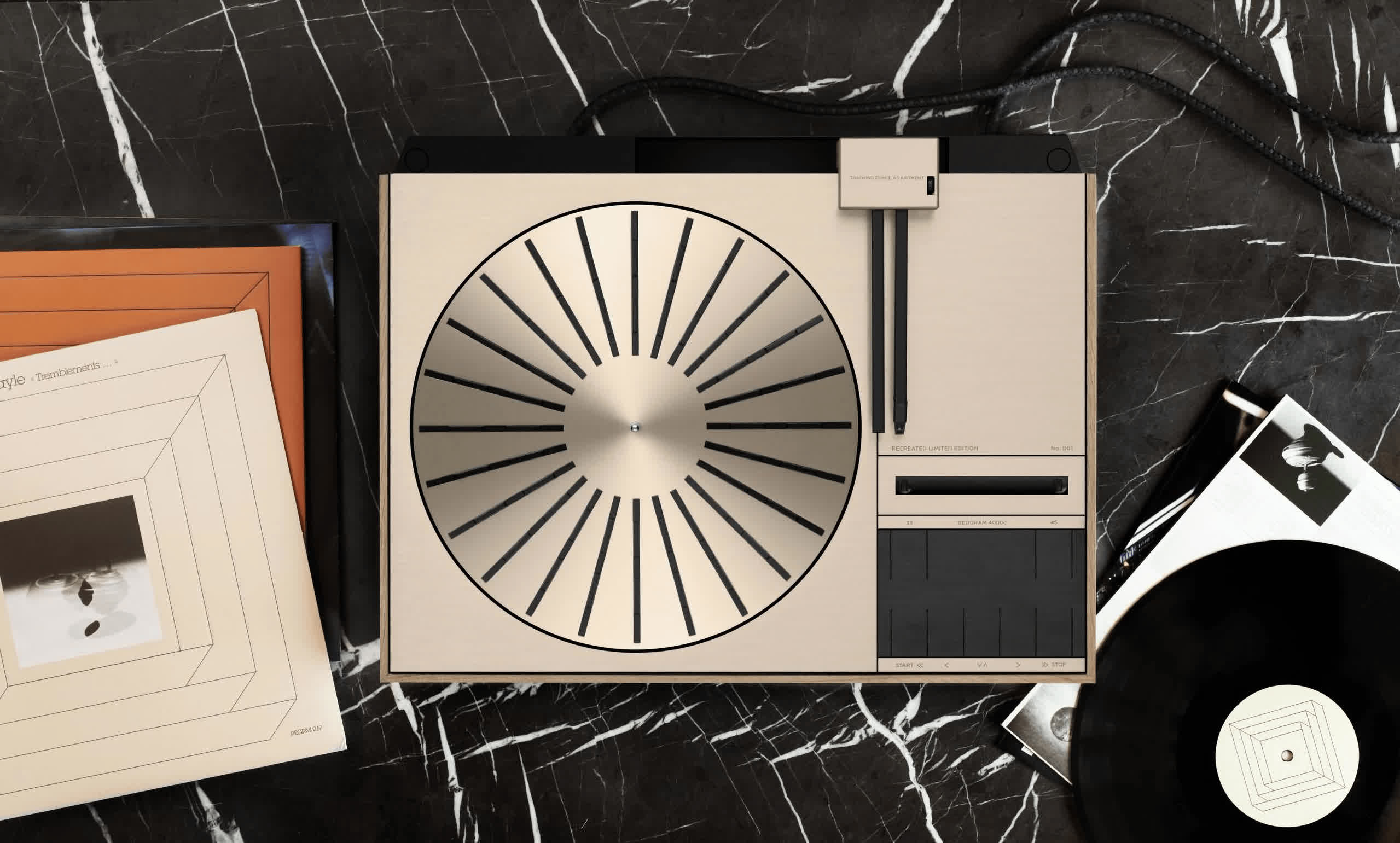Bottom line: Bang & Olufsen has introduced the first product under its new Classics initiative, a limited edition turntable that it originally produced nearly five decades ago. Fewer than 100 examples are going to be offered and it's crazy expensive, but if you want a fully restored model with a five-year warranty, well... here's your opportunity.

“Born out of Bang & Olufsen’s commitment to longevity,” the Classics initiative seeks to bring new life to legacy products. For the inaugural inductee, the company located 95 units of its Beogram 4000 series turntable and “brought them back home” to Denmark for restoration.
B&O disassembled and inspected each unit, cleaning every part and made repairs where needed. Engineers also polished and anodized the aluminum on each turntable and hand-crafted a solid oak frame to bring out the visual warmth of the product. A dust lid was also added to protect the equipment when it is not in use.
The Beogram 4000 was first introduced in the early 70s. Designers at the time intentionally left space inside the machine for future upgrades, which B&O has taken advantage of today to add an RIAA phono pre-amplifier so the device can connect to modern speakers.
B&O refurbished 95 units, in celebration of the company’s 95th anniversary. Each has been numbered, is backed by a five-year warranty and will be available to purchase starting October 19, 2020. Pricing is set at 10,000 euros, or around $11,800.
Out of curiosity, I found a Beogram 4002 turntable over on eBay in decent shape for $1,200.
https://www.techspot.com/news/87056-bang-olufsen-beogram-4000c-50-year-old-refurbished.html